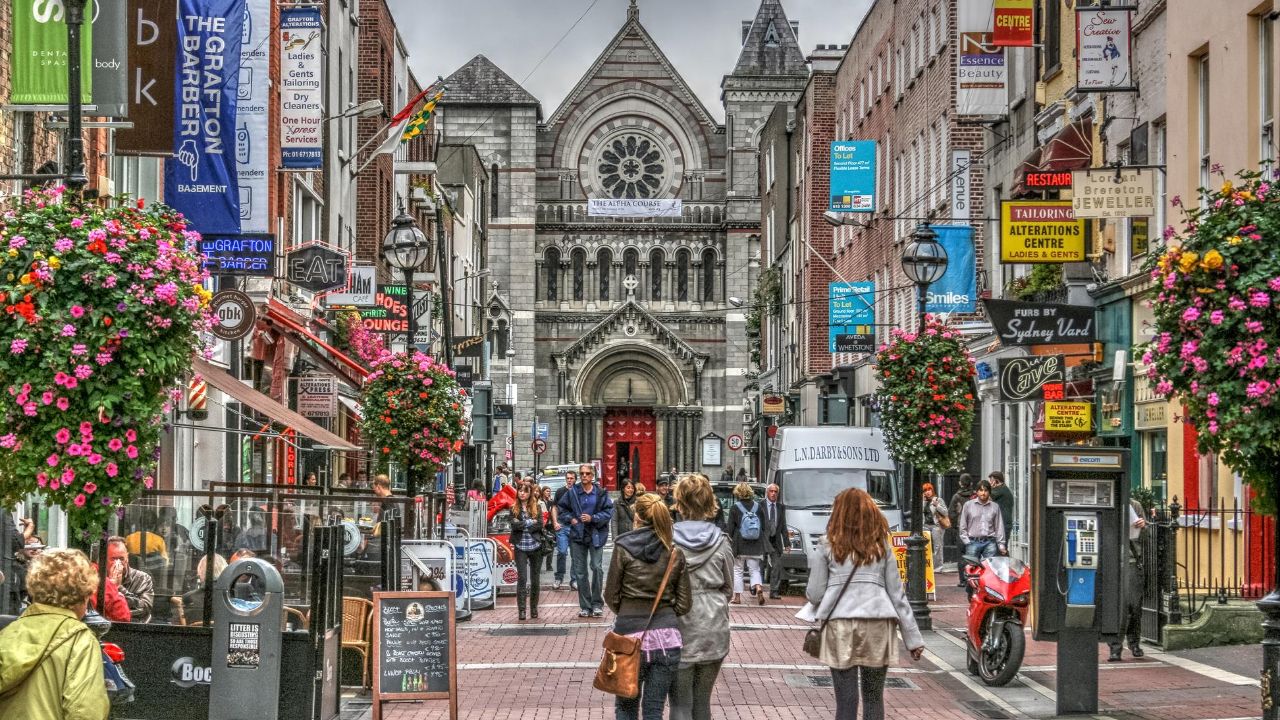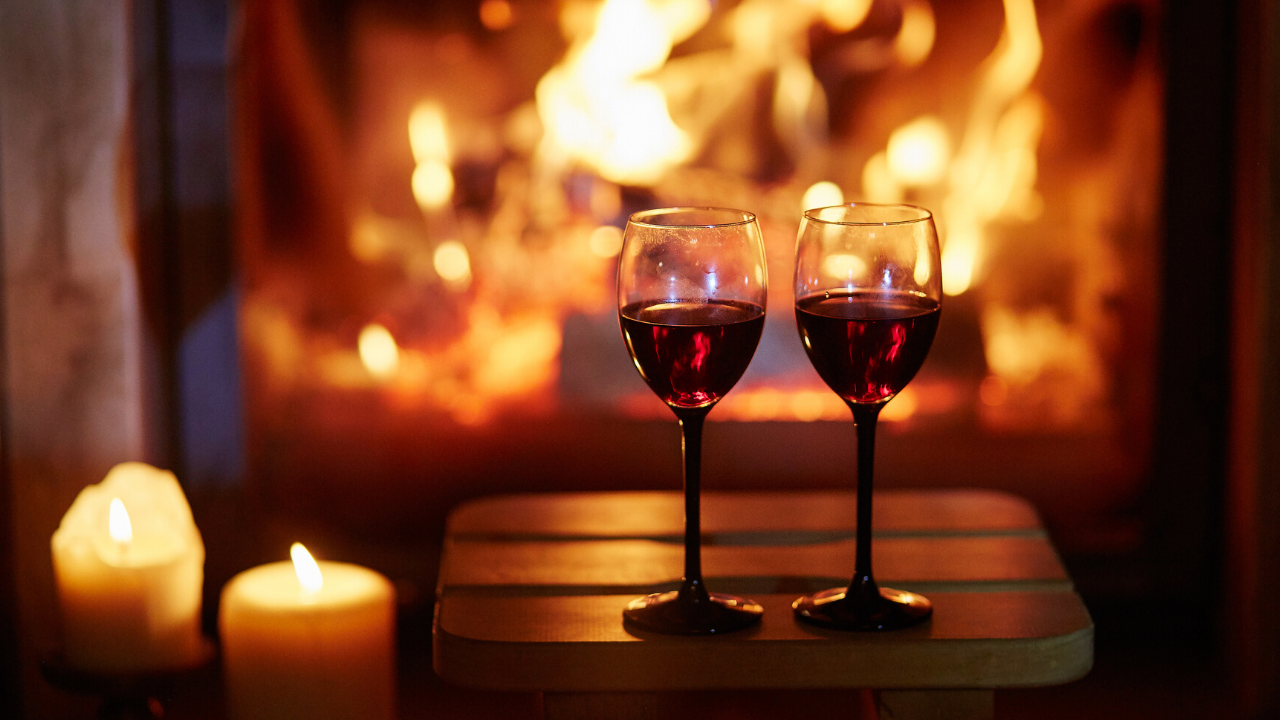Glenariff Forest Park is an 1185 hectare (2928 acre) forest in County Antrim, Northern Ireland. It is part of Glenariff glen itself. The forest is managed by the Northern Ireland Forest Service, the state body responsible for forestry in the province, which is part of the Department of Agriculture, Environment and Rural Affairs.
How to get to Glenariff Forest Park and Waterfalls
You need to follow the marked trail (Waterfall Walk) from the Glenariff Forest Park. Keep going down the steps, along the boardwalks the Glenariff Nature Reserve. You will arrive at the river gorge and then you will pass the spectacular waterfalls.
The Waterfall Walkway, opened 80 years ago, has been significantly upgraded along its 3-mile length which passes through a National Nature Reserve. There are three waterfalls, forest trails and riverside walks, as well as a visitor centre, shop, and seasonal caravan/camping site and restaurant.
As well as being a recreational resource, the forest is used for timber production centered on the clearfelling of coniferous plantation trees.
Want to learn more about the beautiful country of Ireland? Join Love Ireland on Facebook
About County Antrim
County Antrim (named after the town of Antrim, from Irish: Aontroim, meaning “lone ridge”, ˈeːnˠt̪ˠɾˠɪmʲ is one of six counties that form Northern Ireland. Adjoined to the north-east shore of Lough Neagh, the county covers an area of 3,046 square kilometres (1,176 sq mi) and has a population of about 618,000. County Antrim has a population density of 203 people per square kilometre or 526 people per square mile. It is also one of the thirty-two traditional counties of Ireland, as well as part of the historic province of Ulster.
The Glens of Antrim offer isolated rugged landscapes, the Giant’s Causeway is a unique landscape and a UNESCO World Heritage Site, Bushmills produces whiskey, and Portrush is a popular seaside resort and night-life area. The majority of Belfast, the capital city of Northern Ireland, is in County Antrim, with the remainder being in County Down.
According to the 2001 census, it is currently one of only two counties of Ireland in which a majority of the population are from a Protestant background. The other is County Down to the south.
Geography
A large portion of Antrim is hilly, especially in the east, where the highest elevations are attained. The range runs north and south, and, following this direction, the highest points are Knocklayd 514 m (1,690 ft), Slieveanorra 508 m (1,670 ft), Trostan 550 m (1,800 ft), Slemish 437 m (1,430 ft), Agnew’s Hill 474 m (1,560 ft) and Divis 478 m (1,570 ft). The inland slope is gradual, but on the northern shore the range terminates in abrupt and almost perpendicular declivities, and here, consequently, some of the finest coast scenery in the world is found, widely differing, with its unbroken lines of cliffs, from the indented coast-line of the west.
The most remarkable cliffs are those formed of perpendicular basaltic columns, extending for many miles, and most strikingly displayed in Fair Head and the celebrated Giant’s Causeway. From the eastern coast the hills rise instantly but less abruptly, and the indentations are wider and deeper. On both coasts there are several resort towns, including Portrush (with well-known golf links), Portballintrae and Ballycastle; on the east Cushendun, Cushendall and Waterfoot on Red Bay, Carnlough and Glenarm, Larne on the Sea of Moyle, and Whitehead on Belfast Lough. All are somewhat exposed to the easterly winds prevalent in spring.
The only island of size is the L-shaped Rathlin Island, off Ballycastle, 11 km (6.8 mi) in total length by 2 km (1.2 mi) maximum breadth, 7 km (4.3 mi) from the coast, and of similar basaltic and limestone formation to that of the mainland. It is partially arable, and supports a small population. Islandmagee is a peninsula separating Larne Lough from the North Channel
The valleys of the Bann and Lagan, with the intervening shores of Lough Neagh, form the fertile lowlands. These two rivers, both rising in County Down, are the only ones of importance. The latter flows to Belfast Lough, the former drains Lough Neagh, which is fed by a number of smaller streams. The fisheries of the Bann and of Lough Neagh (especially for salmon and eels) are of value both commercially and to sportsmen, the small town of Toome, at the outflow of the river, being the centre. Immediately below this point lies Lough Beg, the “Small Lake”, about 4.5 m (15 ft) lower than Lough Neagh. Source – Wikipedia
Glenariff Forest Park Visitor Centre Image from here
Save Irish Tourism Action Plan
WATCH – How your Tourism or Leisure Business should respond to CoronaVirus
LISTEN – Earth Chats on Spotify





